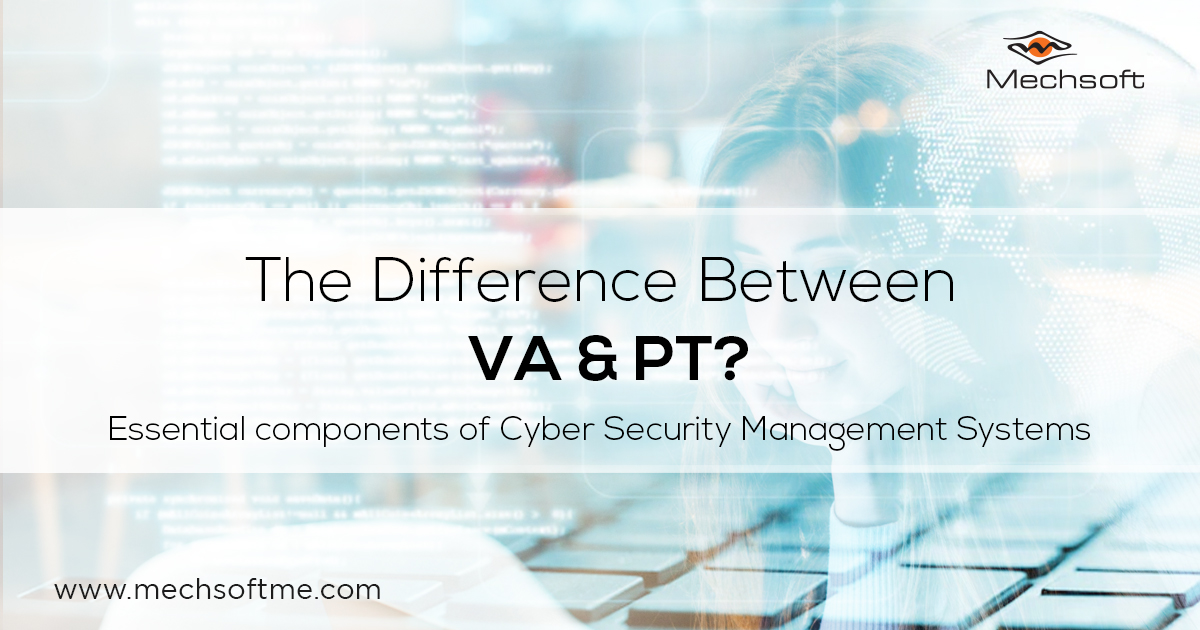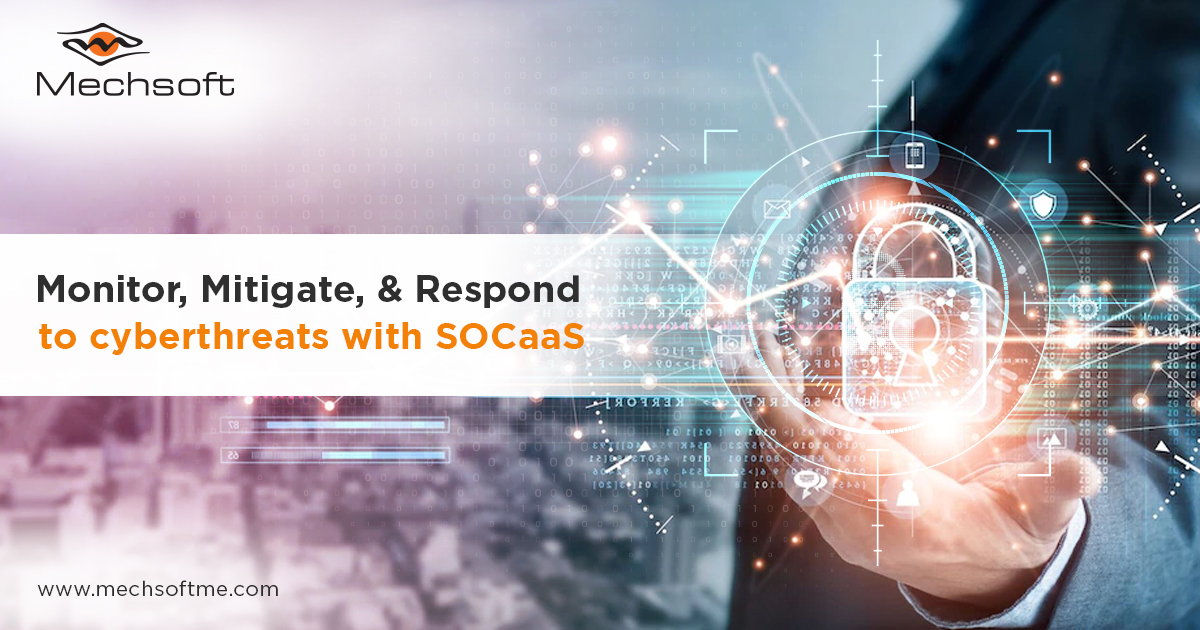Table of Contents
In the ever-evolving corporate landscape of the UAE, robust cybersecurity measures are no longer an option but an absolute necessity. With cyber threats growing in complexity and frequency, businesses must adopt cutting-edge techniques to counter them effectively and ensure uninterrupted operational efficiency. One such highly sought-after cybersecurity approach is Privileged Access Management (PAM), a formidable solution that fortifies data protection and prevents unauthorized access. But why do you need PAM? Let’s find out.
What is the PAM Strategy?
Privileged Access Management (PAM) is a comprehensive cybersecurity strategy that focuses on managing and controlling access to privileged accounts and critical systems within an organization. Privileged accounts refer to user accounts that possess elevated permissions and administrative privileges, granting them extensive control over the IT infrastructure. These accounts are highly coveted targets for cybercriminals due to the extensive access they provide.
What is Least Privilege and Why is it Important?
At the core of PAM lies the principle of “Least Privilege,” a concept that emphasizes granting users the minimum level of privileges necessary to perform their specific roles and responsibilities. In simple terms, employees are only provided access to the resources and information essential for their job functions, reducing the potential attack surface and limiting the damage malicious actors can cause in the event of a breach.
Role of PAM in Regulatory Compliance
Cybersecurity regulations in the UAE are becoming more stringent to keep pace with the evolving digital landscape. Organizations are under increasing pressure to comply with strict data protection and privacy laws. Non-compliance not only carries severe financial penalties but also tarnishes a company’s reputation and erodes the trust of customers and stakeholders.
Securing Sensitive Data and Meeting Compliance Requirements
PAM plays a pivotal role in helping businesses align with various regulatory frameworks in the UAE, such as the Cybersecurity Law, the Personal Data Protection Law, and sector-specific regulations. Implementing PAM solutions helps organizations effectively secure privileged accounts and confidential information in accordance with the law.
Likewise, PAM solutions enable robust monitoring and auditing of privileged access, ensuring that all activities related to sensitive data are meticulously recorded and available for scrutiny. In case of a security incident or a compliance audit, these detailed logs serve as invaluable evidence of adherence to regulatory standards.
Also Read: PAM In Financial Institutions?
PAM as an Integral Part of Identity and Access Management (IAM)
While PAM focuses on managing privileged accounts, it is closely interlinked with Identity and Access Management (IAM). IAM encompasses the overall framework that governs the entire lifecycle of user identities, from initial authentication to authorization and eventual revocation of access. Integrating PAM with IAM further strengthens an organization’s security posture, as it addresses not only standard user accounts but also the critical privileged ones.
The seamless integration of PAM with IAM allows for centralized management of access controls across the entire organization. This integration also streamlines workflows, making it easier for IT teams to enforce least privilege policies, maintain consistency, and respond rapidly to access requests and revocations. Thus, the combination of PAM and IAM helps comply with regulations seamlessly.
Identifying Critical Privileged Accounts
The first step in implementing a PAM solution is identifying all privileged accounts within the organization. This includes administrative accounts for servers, databases, cloud infrastructure, network devices, and other critical systems. A thorough inventory of privileged accounts ensures that no critical access points are overlooked, leaving no gaps in the security infrastructure.
Defining Access Policies and Workflows
Once all privileged accounts are identified, organizations must establish granular access policies and workflows. Each privileged account should be associated with specific roles and responsibilities, and access should be granted based on the principle of least privilege. Moreover, access requests and approvals should follow standardized procedures to prevent unauthorized access.
Implementing Multi-Factor Authentication (MFA)
To bolster the security of privileged accounts, organizations should implement Multi-Factor Authentication (MFA). MFA adds an extra layer of protection by requiring users to provide multiple forms of identification, such as a password and a fingerprint or a one-time code sent to their mobile device. This significantly reduces the risk of unauthorized access, even if the primary credentials are compromised.
Monitoring and Auditing Privileged Access
Continuous monitoring and auditing of privileged access are fundamental to identifying potential security breaches and maintaining compliance. PAM solutions provide real-time visibility into privileged account activities, allowing IT teams to detect suspicious behavior promptly. Detailed audit logs enable post-incident analysis and facilitate compliance reporting.
Regularly Updating Privileged Account Credentials
In the dynamic landscape of cybersecurity, regular password changes are critical to staying one step ahead of attackers. Organizations should enforce regular password rotation for privileged accounts to reduce the window of opportunity for malicious actors to exploit compromised credentials.
Choose Mechsoft Technologies for Your PAM Solution Needs
Mechsoft Technologies has years of experience in providing sophisticated cybersecurity solutions to businesses in the UAE. We have a strong team of industry veterans, who specialize in designing PAM solutions for organizations of all sizes. Whether you’re a startup, a mid-level company, or a multi-national corporation, Mechsoft can provide tailor-made solutions to meet your requirements. Moreover, we provide the best in class customer support, to assist you at all times. Get in touch with our cybersecurity professionals today.



